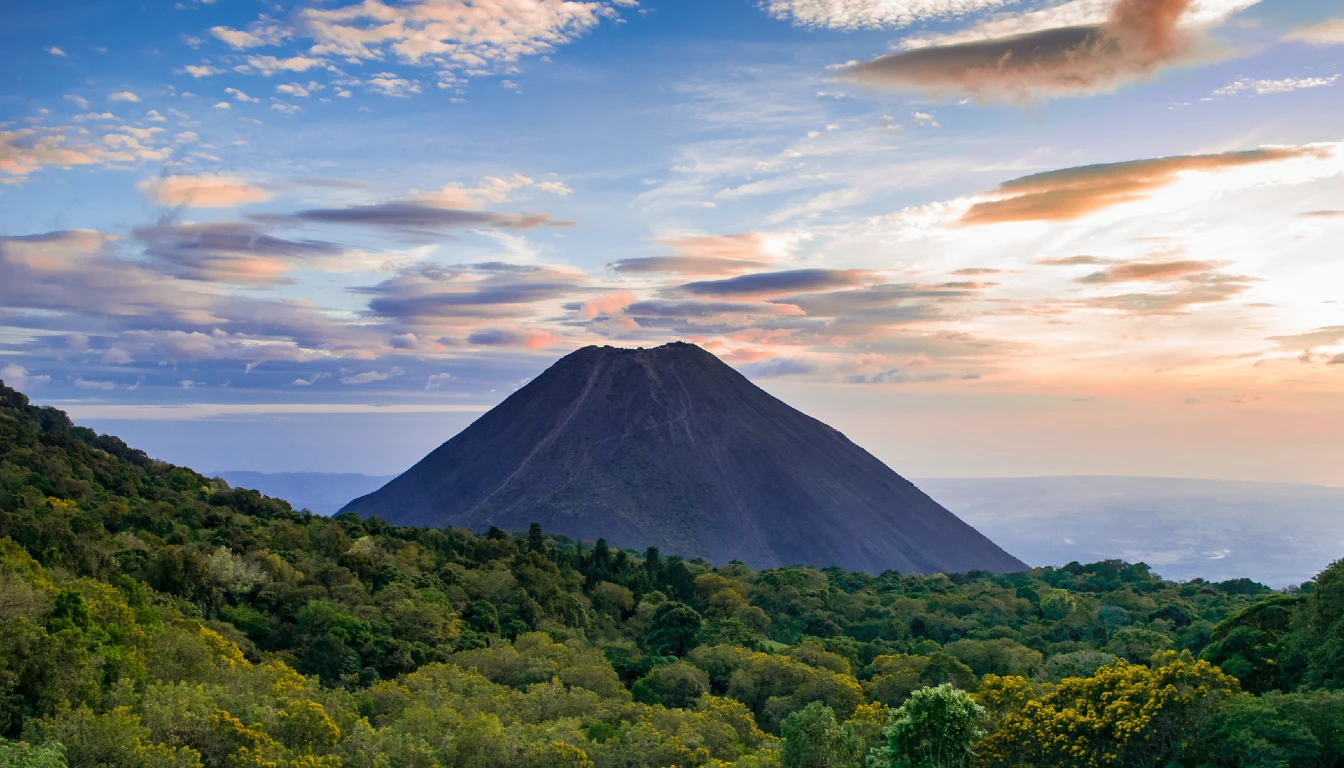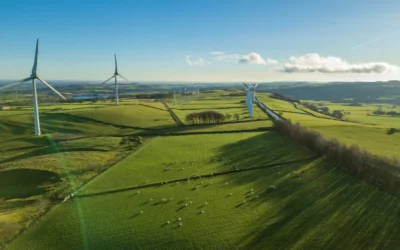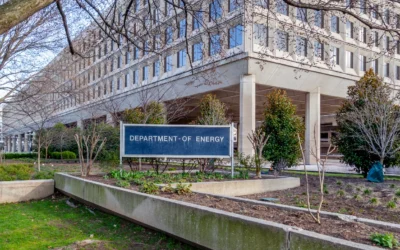Researchers have discovered that extinct volcanoes could be a significant source of rare earth elements. A recent study suggests that these extinct volcanoes harbour iron-rich magma, which could serve as an abundant reservoir of critical materials for renewable energy technology, such as electric vehicles and wind turbines.
The study follows a significant discovery made last year in Kiruna, Arctic Sweden, where an enormous deposit of rare earth elements was found within a massive iron-ore formation, believed to have been formed around 1.6 billion years ago due to intense volcanic activity. This prompted scientists at the Australian National University (ANU) and the University of the Chinese Academy of Sciences to investigate further.
Michael Anenburg, a research fellow at ANU and one of the study’s authors, explained their objective was to determine if the presence of rare earth elements was merely coincidental or inherently linked to the iron-rich characteristics of these ancient volcanoes.
Given the rarity of these volcanoes and their inactivity, a field study was not viable. Instead, the researchers recreated a magma chamber in the laboratory. They utilised a synthetic rock resembling those from the extinct volcanoes, subjected it to high pressure and temperature in a furnace, and observed the behaviour of the resulting molten rock.
Their findings revealed that iron-rich magma is particularly efficient at absorbing rare earth elements from its environment, with an efficiency up to 200 times greater than typical volcanic magma. This suggests that previously overlooked extinct volcanoes around the world could harbour substantial deposits of these crucial materials.
Regions such as the United States, Chile, and Australia could potentially discover valuable rare earth deposits in their iron-ore mining sites. This proposition could offer economic benefits to companies through enhanced resource utilisation without needing to disturb new locations. “This might represent a ‘win-win’ scenario,” Anenburg noted, combining economic gain with environmental conservation.
Lingli Zhou, an assistant professor in energy-critical metals at Vrije Universiteit Amsterdam, lauded the study for its innovative approach. “They start from the laboratory and then try to mimic a natural environment, to understand how these rare earths could actually accumulate in a small place in the entire crust,” Zhou commented, highlighting the study’s potential contribution to diversifying the rare earth supply chain.
Despite the promising outlook, the challenge of environmentally and ethically sustainable rare earth mining persists. The extraction processes often involve toxic chemicals that can contaminate soil and groundwater. Additionally, there have been reports of human rights issues within the supply chain, including child labour.
Some experts advocate for an increased focus on recycling rare earth elements from discarded electronics, electric vehicles, and other sources. A recent study indicated that such recycled materials could significantly reduce the need for new mining activities.
As the global demand for rare earth elements continues to rise with the shift towards sustainable energy technologies, these findings provide a potentially crucial step in identifying new, viable sources while also addressing environmental and ethical implications associated with their extraction.




